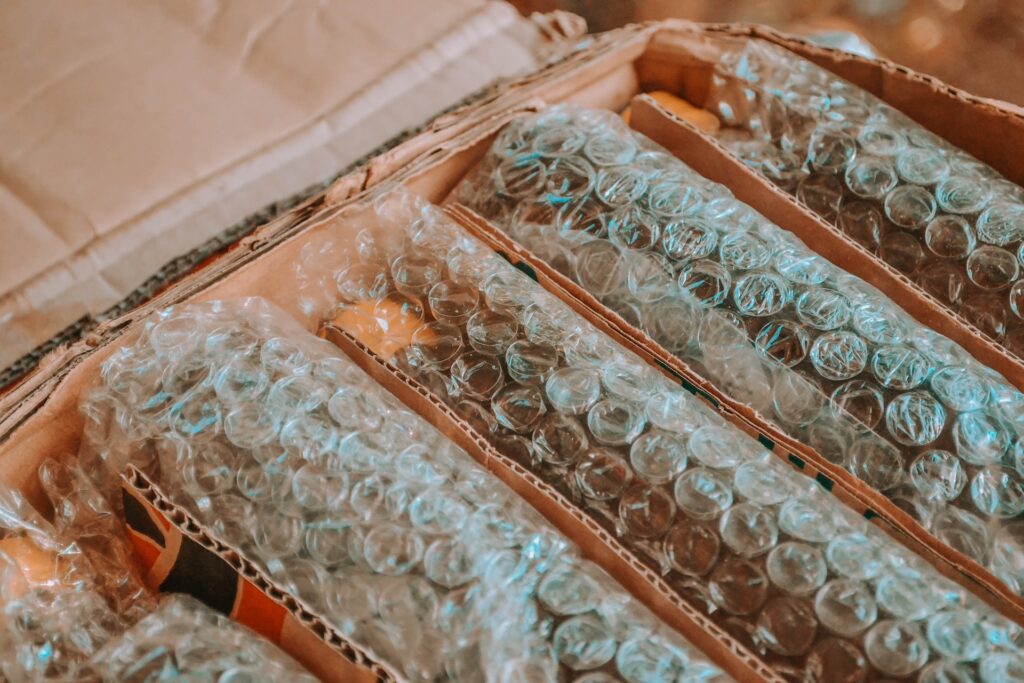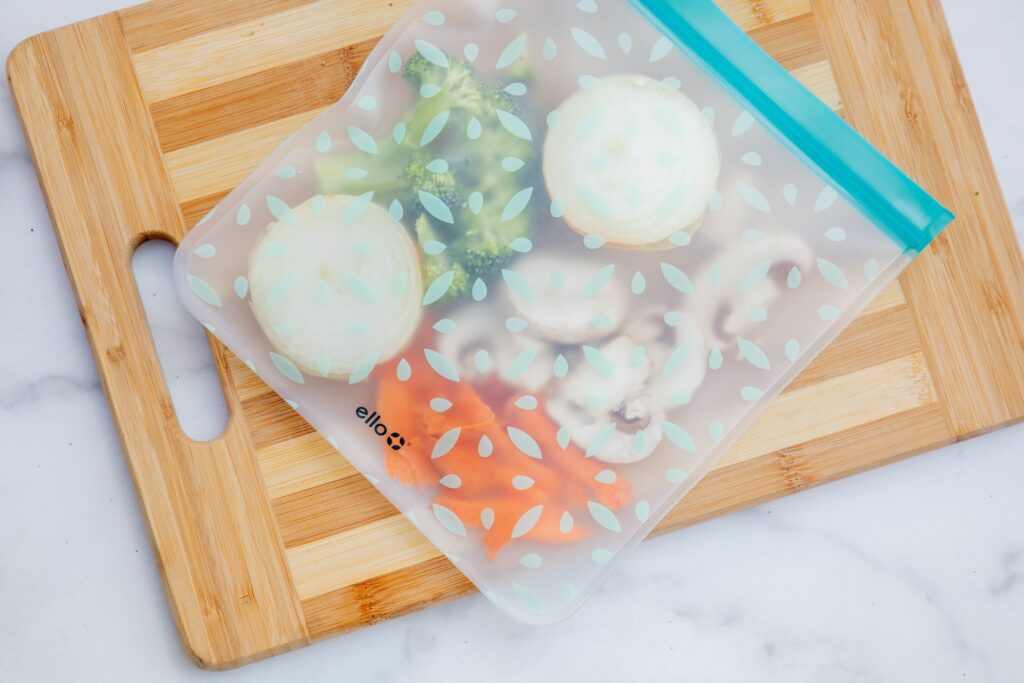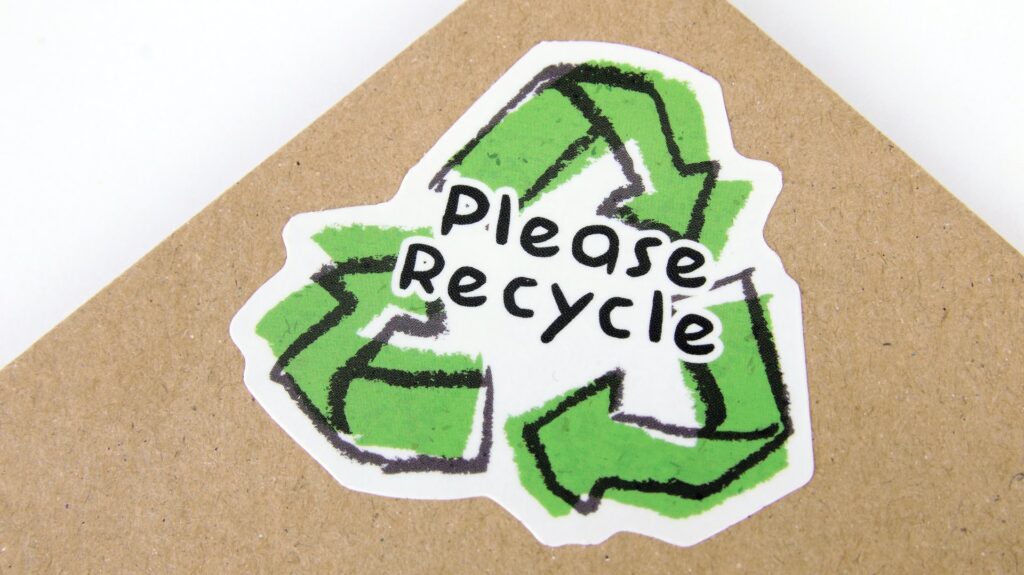What is Sustainable Packaging?
Many companies around the world are striving to keep more sustainable and eco-friendly practices in their day-to-day operations. One way to do so is to follow current trends and work with sustainable packaging, a solution that benefits the earth and ensures businesses maintain healthy practices with their packaging. With so many packaging options out there, though, many businesses find themselves asking, “What is considered sustainable packaging?”

Determining Sustainability
There are several assessments packaging manufacturers conduct to determine if a product is environmentally impactful, looking at more than just what material the sustainable packaging is made of. Determining sustainable packaging starts with a Life Cycle Assessment (or LCA), which determines an estimate of greenhouse gas emissions throughout a product’s entire life cycle. This assessment may also evaluate other impacts, such as fossil fuel consumption or water consumption for the product. LCAs do have their limitations, however, as it does not account for whether a material is made of renewable resources, end-of-life toxins, or marine pollution. While an LCA is a good start, businesses may find that sustainability will take more work than just choosing the right material.
Creating a Sustainability Strategy
One trending solution to developing sustainable packaging is determining a sustainability strategy, which outlines what a specific company can define as sustainable packaging for their operations. Priorities may include minimizing greenhouse gas emissions, zero-waste, minimizing water usage, or even reducing reliance on fossil fuels for product manufacturing. There are a large variety of ways to promote sustainability in a business, all of which come together to define what key factors are necessary in sustainable packaging materials a company decides to use.

Choosing the Right Material
Once a sustainability strategy is developed, and key sustainability indicators are defined, a material can be chosen to fit the guidelines. There are many options on the market, and what sustainable packaging material a business chooses is highly dependent on its sustainability strategy.
Biodegradable Packing Peanuts
For businesses looking to move away from styrofoam, biodegradable packing peanuts are an excellent option. As compared to standard styrofoam packing peanuts, biodegradable peanuts work similarly to styrofoam in their cushioning and protective qualities but dissolve and degrade into organic compounds when left in landfills or as waste.
Recycled Cardboard/Paper
When compared to plastic packing materials, using recycled cardboard or paper can reduce oil and carbon dioxide emissions by almost 60%. Since cardboard and paper are organic products, they are also biodegradable, providing a sustainability benefit just by the nature of their material. Biodegradation isn’t perfect, however, as the process itself releases methane and carbon dioxide pollutants as it degrades in landfills, generating its own carbon emissions. Additionally, the paper nature of cardboard can lead to large deforestation risks, another unsustainable practice that is directly tied to this form of packaging.
Mushroom Packaging
A relatively new form of packaging, mushroom packaging uses agricultural waste and mushroom cultures to create a mycelium matrix, which is then dried and used as packaging. Mushroom packaging takes advantage of waste products that would not be used for anything else, and doesn’t compete with potential food sources that the agricultural industry could make use of. In addition, mushroom packaging is petroleum-free and degrades quickly and cleanly, making it a great option for consumers to compost and dispose of at home. Mushroom packaging is difficult to produce at a large scale, however, and tends to be best used for packing smaller items.

Strive for Sustainability
Products can’t be sold without packaging, and those products should support eco-friendly practices. Sustainable packaging enables healthier operations that protect the planet, and also generates consumer loyalty and respect for considerate practices. Create a sustainability strategy and see how you can take advantage of sustainable packaging today!
